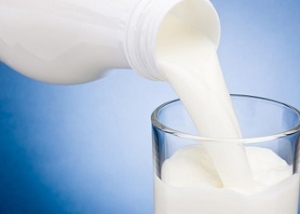News
Why There's a Big Call For Dollars and Direction in Dairy

Climate-smart agriculture has a long way to go, despite the billions of dollars being committed. In October, Secretary of Agriculture, Tom Vilsack, stated at the International Dairy Forum (IDF) World Dairy Summit Chicago, Ill., that he believes climate-smart agriculture creates an enormous opportunity, sharing that U.S. farmers want a system that is both voluntary and incentive-based.
“Obviously at the top of the list is the impact of climate,” he said in front of an international crowd from more than 50 countries. “The impact it is having on our ability to produce more, and the challenges climate presents in making sure we remain productive as our world population increases.”
According to a recent U.S. Agriculture Department study, only 3% of farmers are using available carbon credit programs that pay them to remove carbon dioxide from the air and sequester it in the soil, in part because of limited return on investment and high transaction costs.
Vilsack outlined that everyone in the dairy industry needs to work collaboratively—from the farmers, environmental groups and conservations groups, to major food companies, retailers and universities. The effort starts with a $3 billion commitment from the USDA with funding extended to 141 projects, including 18 dairy projects.
Check Out the full Farm Journal State of the Dairy Industry Report: State of the Dairy Industry | Dairy Herd
And, if there is one clear area or need among the dairies that participated in Farm Journal’s dairy research project, it’s that of enhancing on-farm stewardship activities. In five of seven areas probed, the majority of respondents cite a need for additional stewardship resources. Only in animal welfare and manure/nutrient management do they feel well-resourced. More than half of operators say they need resources to shore up public perception, manage noise/traffic/dust, support water quality, measure and report on air quality, and measure and report on GHG.
A large percentage of dairies anticipate a need for accelerated resources and support across stewardship initiatives in the coming years. Noticeably, most lack resources for GHG and air quality metrics. Water stewardship, noise, traffic, dust and public opinion are in better shape, but half of dairies still lack adequate resources. Dairies are much further along in managing manure, nutrients and animal health—but more than a quarter still need help.
In fact, 86% of respondents felt the dairy industry will see greater pressure to lower environmental impact. This is being echoed by all players in the U.S. dairy industry, to become carbon neutral by 2050.




















